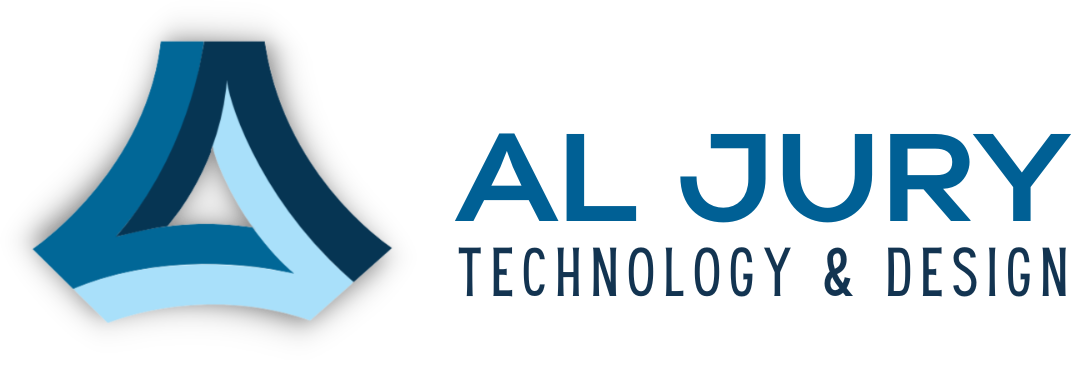11 Personalization Strategies for E-Learning Platforms
Personalization is becoming increasingly important in the e-learning industry as it allows platforms to deliver tailored learning experiences to each learner. By offering personalized content, recommendations, and assessments, e-learning platforms can better engage learners and improve their learning outcomes. In this blog, we will explore 11 effective personalization strategies for e-learning platforms that can help enhance learner engagement and retention.
1. Adaptive Learning Paths: Customized Learning Journeys
Implement adaptive learning paths that dynamically adjust based on each learner’s progress and performance. By analyzing learners’ strengths and weaknesses, the platform can recommend personalized learning materials and activities that suit their individual needs. This approach ensures that learners are engaged with content that is relevant and challenging, optimizing their learning experience.
2. Personalized Content Recommendations: Deliver Relevant Learning Materials
Leverage machine learning algorithms to provide learners with personalized content recommendations. By analyzing learners’ past behavior, interests, and preferences, the platform can suggest relevant courses, modules, and resources that align with their learning goals. This helps learners discover new content that is tailored to their specific needs, keeping them motivated and invested in their learning journey.
3. Individualized Assessments: Measure Progress and Performance
Offer individualized assessments that adapt to learners’ knowledge levels and learning pace. By providing targeted feedback and recommendations based on their performance, learners can focus on areas that require improvement and build upon their strengths. Personalized assessments not only track learners’ progress accurately but also foster a sense of accomplishment and mastery.
4. Learner Profiles: Collect and Utilize User Data
Create comprehensive learner profiles that capture their learning history, preferences, and objectives. Utilize this data to design personalized learning paths and experiences. By understanding each learner’s goals and preferences, the platform can offer content and resources that resonate with them, increasing engagement and satisfaction.
5. Customizable Learning Environments: Empower Learners to Personalize
Give learners the freedom to customize their learning environments, such as choosing themes, layouts, and settings that suit their preferences. Allowing learners to make these adjustments creates a sense of ownership over their learning experience, making them more likely to engage and stay committed to the platform.
6. Personalized Feedback and Progress Tracking: Encourage Growth
Provide learners with personalized feedback on their performance and progress. Offer actionable insights and recommendations for improvement, fostering a growth mindset and encouraging continuous learning. By recognizing learners’ efforts and achievements, the platform can boost motivation and enthusiasm for learning.
7. Personalized Learning Paths: Focus on Individual Goals
Design personalized learning paths that align with learners’ individual goals and career aspirations. By tailoring the curriculum to meet their specific needs, learners will see the direct relevance of the content to their professional development, increasing their commitment to the platform.
8. Real-Time Recommendations: Offer Timely Support
Deliver real-time recommendations and support to learners as they navigate through the e-learning platform. Whether it’s recommending additional resources or suggesting group collaborations, providing timely assistance can enhance learners’ understanding and engagement.
9. Social Learning Communities: Foster Collaboration
Create social learning communities where learners can interact with peers, share knowledge, and collaborate on projects. Building a sense of community fosters engagement and motivation, as learners can connect with like-minded individuals who share similar interests and goals.
10. Performance-Based Badges and Certifications: Recognize Achievements
Implement performance-based badges and certifications that recognize learners’ accomplishments and milestones. These rewards can serve as motivation for learners to continue their educational journey and achieve their learning goals.
11. Continuous Improvement: Analyze User Data
Regularly analyze user data to identify trends and patterns that can inform further personalization efforts. By continuously improving and refining personalization strategies, the e-learning platform can offer a more meaningful and impactful learning experience to its users.
Al Jury IT – Your Personalization Partner in E-Learning
At Al Jury IT, we understand the significance of personalization in e-learning and its impact on learner engagement and success. Our team of digital marketing experts can help e-learning platforms implement these personalization strategies to create exceptional learning experiences for their users. By leveraging data-driven approaches and cutting-edge technologies, we help e-learning platforms in Oman drive learner engagement and achieve their educational objectives.

